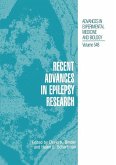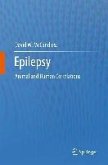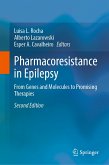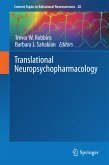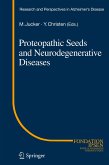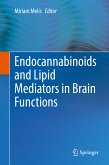Clinicians and basic scientists alike will find up-to-date information on the development of pharmacoresistance, as well as reviews of mechanisms associated with epilepsy that may help them consider novel strategies for preventing the development of pharmacoresistance in the first place. The book also features information on new therapeutic strategies for control of epilepsy, such as transcutaneous electrical stimulation and virtual screening of new antiepileptic drugs. Pharmacoresistance in Epilepsy: From Genes and Molecules to Promising Therapies is useful to anyone working in the field, whether they're studying epilepsy in the lab or treating it in a doctor's office.
Dieser Download kann aus rechtlichen Gründen nur mit Rechnungsadresse in A, B, BG, CY, CZ, D, DK, EW, E, FIN, F, GR, HR, H, IRL, I, LT, L, LR, M, NL, PL, P, R, S, SLO, SK ausgeliefert werden.



